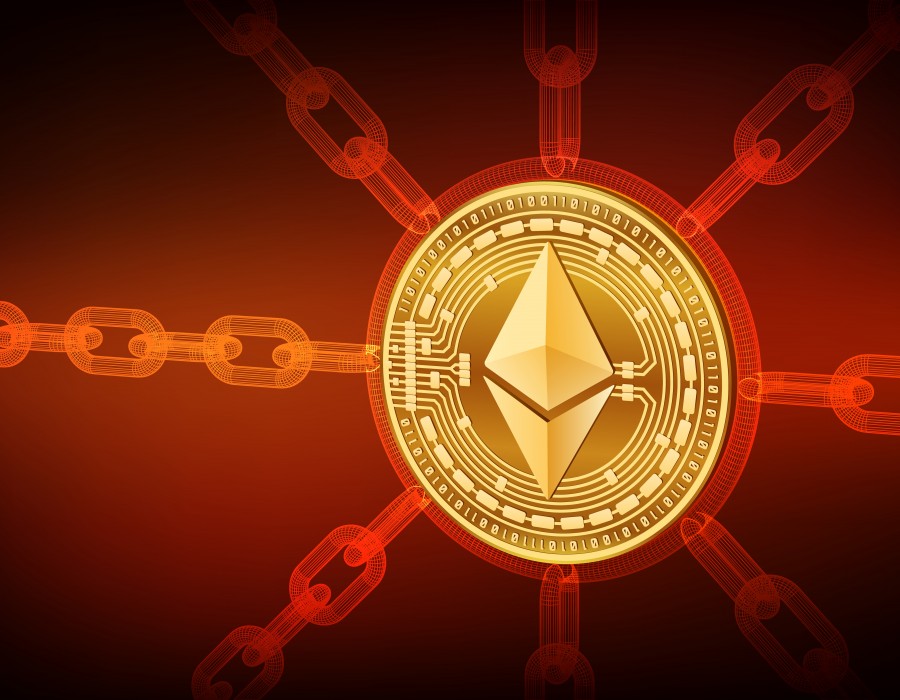When you say blockchain, the first thing that strikes will be Ethereum. Through Bitcoin’s blockchain came way before it, Ethereum has widespread popularity. Despite its popularity, it is also blamed for its slow and expensive transactions. Ethereum was the first ever blockchain to come up with the concept of Non-Fungible tokens, and no wonder that 95% of the NFTs live on the Ethereum blockchain. One of the Best NFT Marketplaces, Opensea, works on Ethereum. Other popular NFT marketplaces like Nifty gateway and Rarible also work on Ethereum. To recover Ethereum from the congestion, high cost, and low-speed transactions, Ethereum announced the Merge, which has something to do with the energy issue faced by the NFTs.
Thrashing the energy issues
The energy issue of the Ethereum blockchain was something that hit the headlines often. Many popular celebrities, like Elon Musk, addressed this issue. As a solution, the man behind Ethereum, Vitalik Buterin, announced the Merge. Ethereum took its bold move to change from Proof of Work to Proof of stake. At the same time, Proof of work depends on the hash power and miners, Proof of stake over cam this. The energy consumption on mining in large mining pools is not necessary now, and Ethereum will get 99% more energy efficiency than before.
Since 95% of the NFTs use the Ethereum blockchain. The energy consumed to mint an NFT takes up a lot. A validator has to validate the transaction. Since Top marketplaces like Opensea allows people to mint NFTs easily on the platform itself, it invited a huge crowd of independent artists to mint their NFTs. Energy consumption has become a huge problem that now has a solution.
The bottom line
The Ethereum Mainnet, which uses Proof of work, will merge with the Beacon chain, which uses the Proof of stake consensus mechanism. It is a subchain that conducts and coordinates the network of stakers. This will make NFT minting and transactions cheaper. It also takes care of the energy issue to a great extent.





Comments